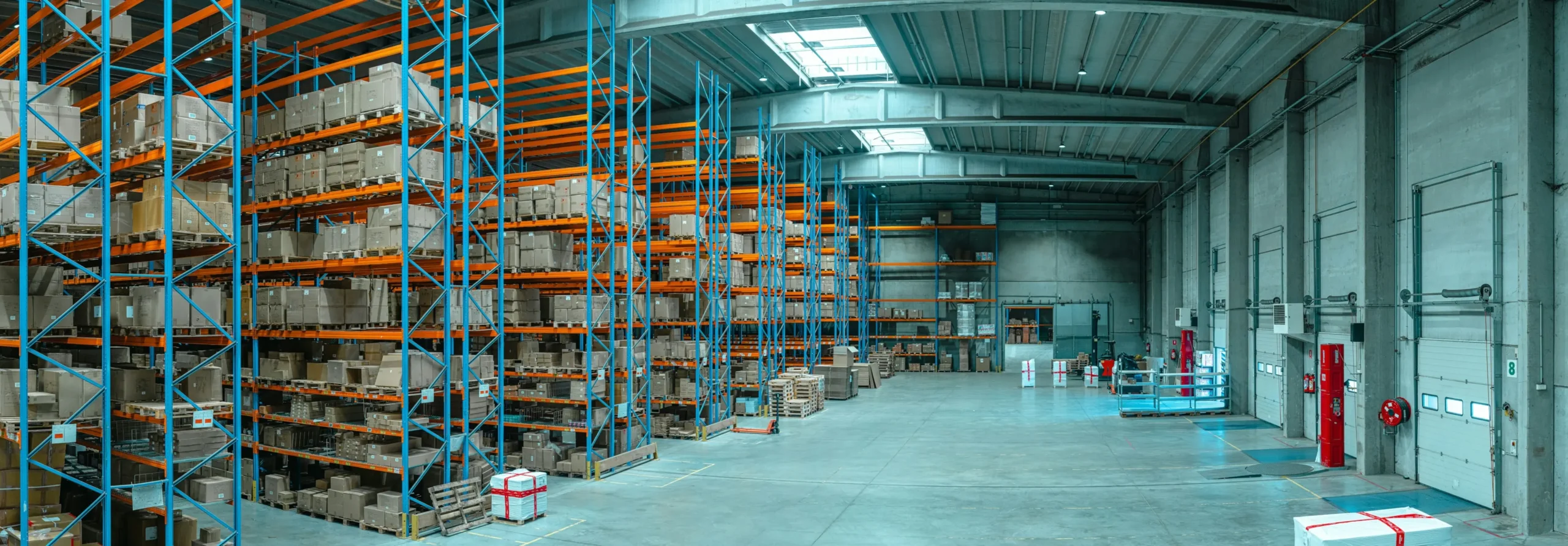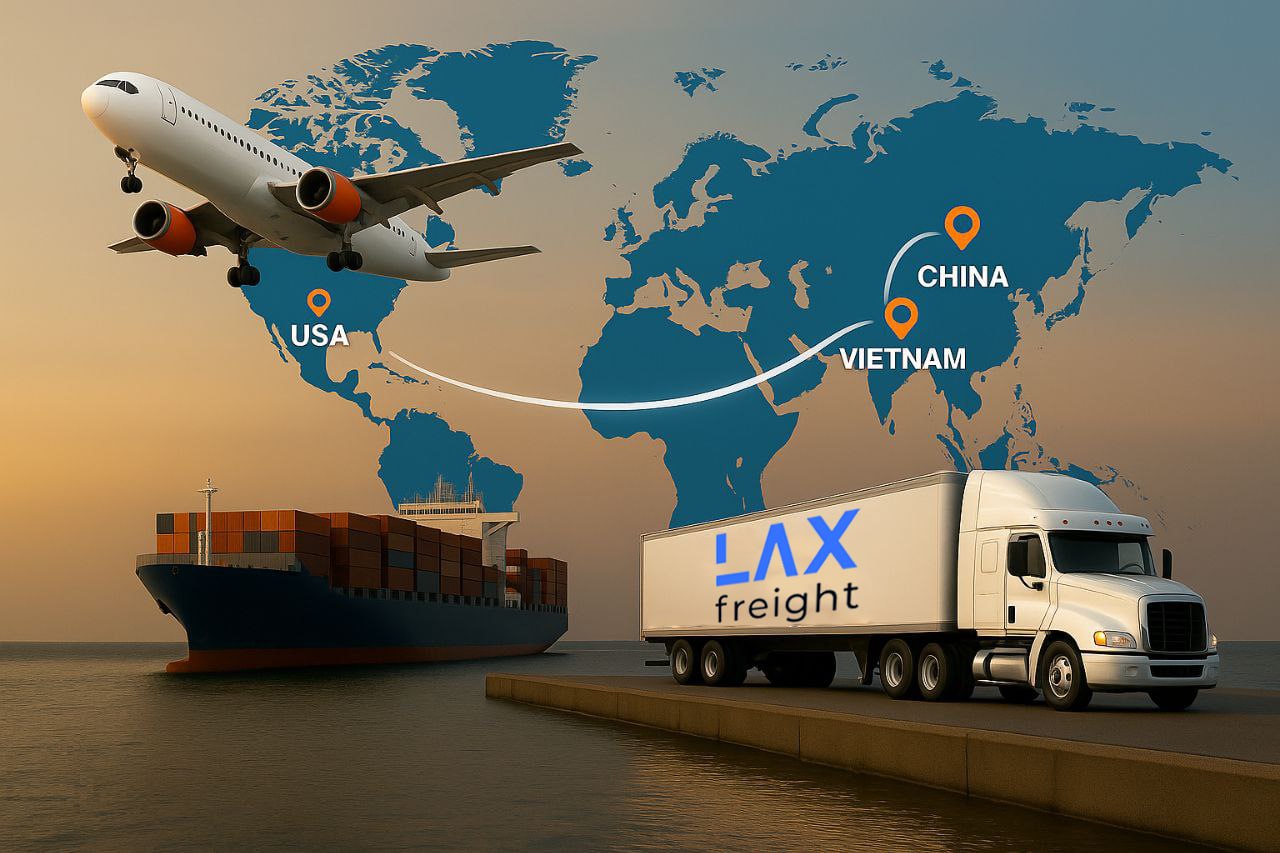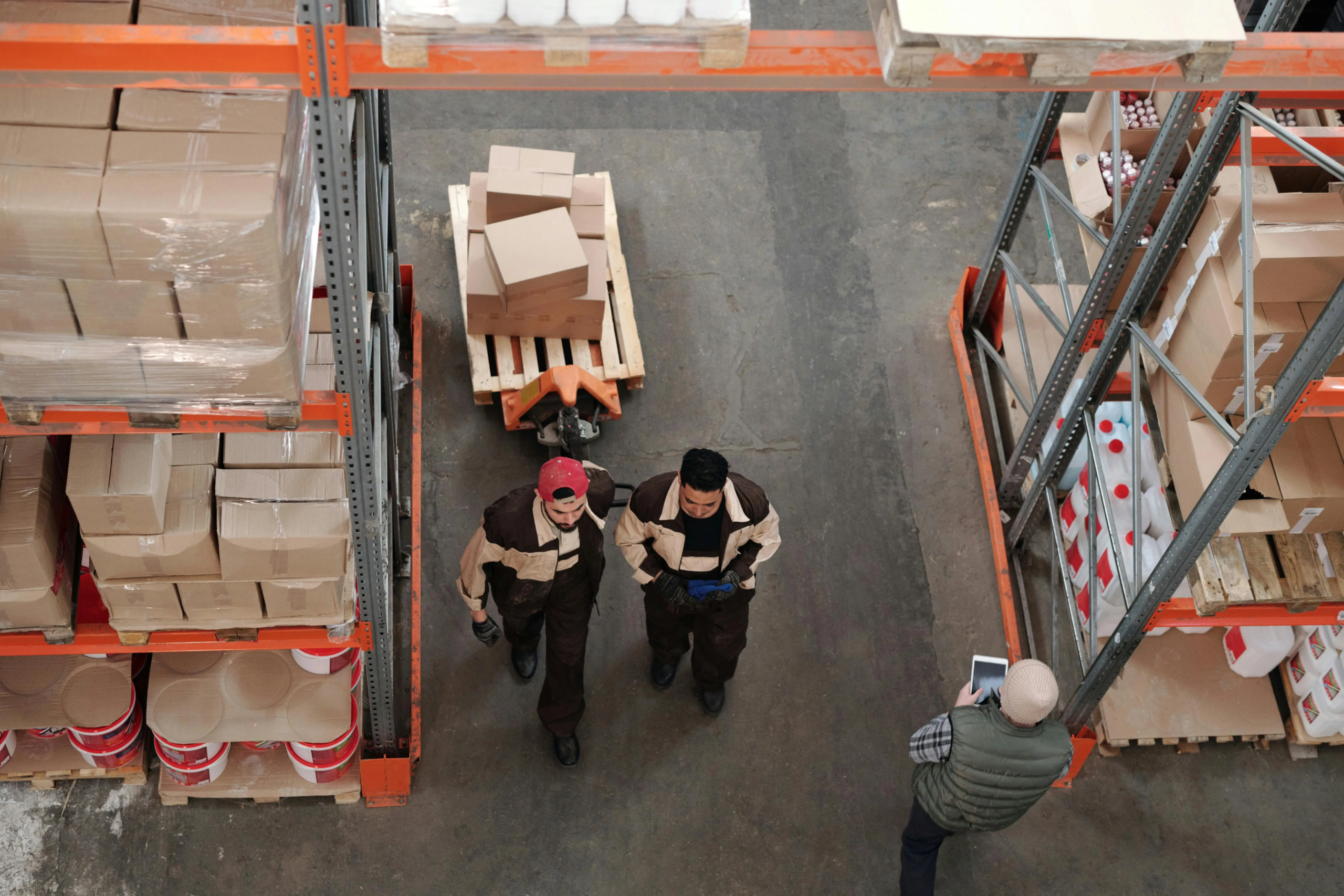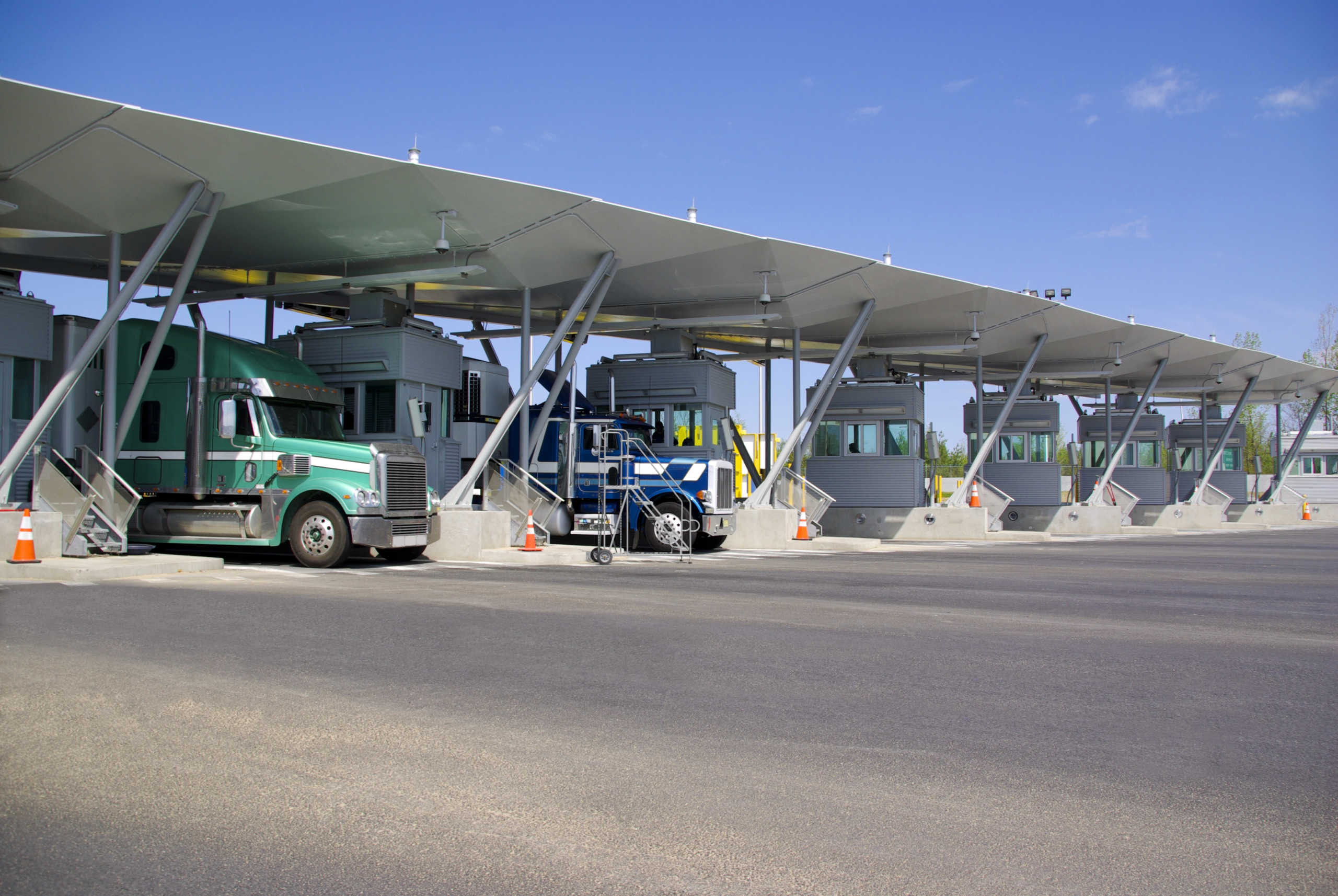Operating in the trucking sector often involves challenges, including those in specialized segments like trade show logistics. One of them is damaged, lost, or delayed shipments. These issues can lead to significant financial setbacks if not managed properly. In this case, freight claims are the common way of resolving disputes and recovering financial losses.
Understanding the freight claims process is important for all parties involved in the delivery process, as it ensures shippers, recipients, and carriers are aware of their responsibilities.
Whether you’re dealing with domestic shipments or navigating international hauls, shipping claims can be an important aspect of your operations.
What is a Freight Claim?
A freight claim is a formal demand for financial compensation in case a package is damaged, lost, or delayed. Usually, it’s filed by a shipper, consignee, or recipient to the carrier. Filing a claim form is the first step in resolving the issues with goods, allowing businesses to recover the value of the cargo. The loss and damage claims may seek to cover repair costs for damaged freight or to replace lost goods.
The freight claim process varies depending on the type of shipment, the carrier, and the terms of the transportation contract. Each case has unique circumstances that may affect the result. Thus, it’s crucial to understand all aspects of the process to ensure that the claim form is filed correctly.
Freight claims protect financial interests and provide a way to hold carriers accountable for their services. With proper documentation and adherence to shipping regulations, the carrier claims process helps maintain fairness and responsibility in the trucking industry.
Types of Freight Claims
There are several types of transportation claims. Each of them addresses a specific issue that may arise during the shipping process. For the successful resolution of any possible issue, you should understand the specifics of different claim types, their differences, and the procedures for each.
Damage Claims
Damage claims are the most common shipping claims. They are filed when the goods arrive in a damaged state. The reasons include improper handling by the carrier, environmental factors during transit, or accidents. Filing a freight damage claim requires proof of the damage that occurred. Thus, immediate inspection upon delivery is essential.
Proper and accurate documentation is also critical when filing freight claims. This includes photographic evidence of the damaged product, packaging details, and a delivery receipt.
Concealed Damage Claims
Concealed damage claims are more complex as they foresee resolving an issue in case of the not visible damage. The goods appear undamaged when first received, while problems become evident once the packaging is opened and after the carrier already left. This requires a high level of diligence from the recipient, as prompt reporting is key to proving the damage.
In the case of the concealed damage claim, carriers often provide strict guidelines for reporting them, usually within a few days of delivery. Failure to report damage within the given timeframe can result in the denial of the claim.
Loss Claims
A loss claim is filed in the case when an entire shipment or part of it is missing during shipping. This can involve theft, misplacement, or mishandling by the carrier. Loss claims are relatively straightforward, proving the freight shipment didn’t arrive at its destination.
Supporting documentation in loss claims includes the bill of lading, the shipment invoice, and tracking data that shows the status of the shipment. In the case of loss, the carrier claims process can be expedited if the shipper provides clear evidence.
Shortage Claims
Shortage claims occur when a part of a shipment is missing. This can happen due to theft, mistakes in loading or unloading, or inaccurate documentation. The carrier claims process involves verifying the quantity of goods provided to the carrier and comparing it with the delivery receipt.
Like loss claims, the shortage claim requires precise documentation, such as a copy of the shipping order and proof of delivery. In some cases, shortages may result from an internal mistake at the shipper’s warehouse.
Shippers’ and Recipients’ Responsibilities
Despite the type of freight claim, the shipper and recipient play essential roles in ensuring a smooth and efficient claim process. Who is responsible for filing a freight claim form depends on the circumstances of the shipment and the type of the issue. Mostly, the recipient is responsible for filing the claim, especially if the damage or loss is discovered at the point of delivery.
In the delivery process, shippers are responsible for ensuring proper packaging and handling of the packages. Otherwise, the carrier may reject the shipping claim on the grounds that the shipper’s negligence caused the damage or loss.
As for recipients, they are responsible for inspecting the goods after the delivery and reporting any issues. If a recipient fails to inspect the goods or is delayed, it could affect the process of issuing the freight claim.
How to File a Freight Claim
Filing a freight claim includes several critical steps. Following them ensures the best chance of a successful outcome. Typically, the process includes:
Document the damage or loss. Take photos of the missing or damaged cargo and its packaging. Provide related documentation, such as the freight bill or the shipment invoice.
Notify the carrier. As soon as you notice any issue, contact the carrier to report it. Most carriers have a short window for reporting, so prompt notification is crucial.
Submit a formal claim. The freight claim must be submitted in wiring, and all necessary documentation, such as the bill of lading, delivery receipt, and proof of the value of the items, must be provided.
Follow up. Stay in contact with the carrier during the freight claims management. This can ensure your claim is processed and you receive updates on its status.
The Role of Packaging in Freight Claims
Proper packaging is one of the most critical aspects in preventing some of the issues. In particular, the use of appropriate and high-quality packaging materials reduces the risk of freight damage. Otherwise, the carrier may deny a freight claim if it can be shown that improper packaging was used.
Carriers are also responsible for handling goods carefully. Still, if the used packaging is inadequate, the cargo claims law may side with the carrier. Thus, shippers must ensure that their packaging meets industry standards and the specific requirements of the carrier.
Inspecting Freight Upon Delivery
Careful inspection upon delivery of the cargo is essential for avoiding disputes during the claims process. Recipients should check the condition of the goods as soon as they are delivered. Any issues must be noted on the delivery receipt, along with photographs as evidence.
In cases where the damage or shortage is not visible, recipients should unpack and inspect the shipment as soon as possible. It’s especially important when dealing with time-sensitive goods.
Concealed Damage and Shortage Claims
As already mentioned, the concealed damage claim refers to cases when damage to the cargo is discovered after the delivery was signed. Shortage claims arise when a part of the shipment is missing. These situations can lead to disputes, as it may be difficult to prove that the problem occurred during transit and not after the delivery.
If you plan to file a freight claim for concealed damage, it’s important to save the packaging materials and provide a detailed record of the damage. Notify the carrier immediately as the damage is discovered so that the timeframe for filing is met.
The same goes for the shortage claim. Any missing items should be reported as soon as any issues are discovered. In addition, it’s necessary to provide all relevant documents to support your claim.
Legal Aspects of Freight Claims
The legal landscape for freight claims is covered by both national and international laws. In the US, domestic shipping is regulated by the Carmack Amendment. These rules outline the liabilities of carriers and the rights of shippers and recipients during a claim filing.
International shipments are regulated by frameworks such as the Warsaw Convention and the Hague-Visby Rules. The specific rules depend on the mode of transportation. For instance, air shipments are covered by the Warsaw Convention. These regulations set limits on carrier liability for lost or damaged goods.
For sea freight, the Hague-Visby Rules govern liability for damage or loss. They would outline the carrier’s liability and the timeframe for cargo claim filling.
Understanding cargo claims law is essential for navigating the claims process. The laws set strict time limits for filing claims, define the liabilities of each party, and determine compensation limits.
Filing International Freight Claims
International freight claims can be more complicated to file. The reason is the varying laws and regulations that apply in different jurisdictions. Countries have their own requirements for filing claims and understanding the specific regulations that apply to your shipment.
In some cases, international shipping claims may involve customs authorities, adding an additional layer of complexity. Shippers and recipients can streamline the process by working closely with experienced logistics providers.
After Filing a Freight Claim
As you file claims, the carrier will start an investigation. Usually, this reviews the documentation you provided, inspects the damaged product, and tracks the missing shipment. The carrier may also ask for additional information if the initial claim doesn’t include enough evidence.
If the carrier aspects the claim, compensation will be issued on the basis of the shipping agreement terms and the cargo value. If the claim is denied, legal action may be necessary. It’s particularly important in case of a dispute over liability.
Preventing Freight Issues
Even if you can file a claim easily, it’s better to prevent it from happening. Shippers and carriers can take proactive steps to protect their items and reduce the risks of damage, loss, or delays. For instance, they can:
Proper packaging. It’s important to ensure that goods are protected during the delivery. This also includes reliable securement to prevent shifting that can lead to damage to the goods.
Labeling. Correct and clear labeling helps ensure proper handling during transit. It also reduces the chance of misplacement.
Tracking systems. Carriers and shippers can use advanced tracking solutions for real-time updates on shipments. With it, they can take prompt action if something goes wrong.
Choosing reputable carriers. It’s important to work with a reliable carrier. Choose companies with a proven track record of handling goods safely and efficiently.
Inspections at key points. Regularly inspect goods at different stages during transit. It allows the early detection of potential problems.
Investing in Freight Insurance
While the claims process is designed to protect businesses from financial losses, the compensation isn’t guaranteed. Investing in freight insurance can provide additional security, ensuring that businesses can recover the value of their goods in the event of damage, loss, or delay. Proper insurance coverage is crucial for high-value items that are prone to damage.
Freight insurance usually covers situations that may not be addressed by the cargo claims process. This includes natural disasters, political unrest, or carrier negligence. The insurance also provides a faster recovery process, allowing companies to obtain compensation for their losses quickly.
Common Challenges in Freight Claims
The freight claims process can involve challenges. Preparation to face them in advance can improve the chances of a successful claim outcome.
The most common issues include:
Delays in processing. Some carriers may take a long time to investigate and resolve claims. This can lead to long periods of obtaining compensation.
Insufficient evidence. Claims can be denied if the supporting documentation is not sufficient or if the evidence doesn’t show that the damage or loss occurred during transit.
Liability disputes. Disputing who is responsible for a package loss or damage can be a sticking point.
Cross-border complications. International shipments involve a higher complexity when filing a shipping claim. This can slow down the claims process.
Conclusion
Handling cargo claims is a common aspect of the logistics industry. Understanding the nuances of the process is essential for any business that relies on transportation. Whether dealing with damage, loss, or shortage, knowing how to handle the situation and communicate with carriers can make a difference. The right knowledge of freight claims law can help you resolve disputes efficiently, recover your losses, and maintain smooth operations.
However, minimizing freight issues risk can be easier than dealing with shipping claims. The key is prevention, which can be reached through investing in freight insurance coverage and choosing reliable carriers.



